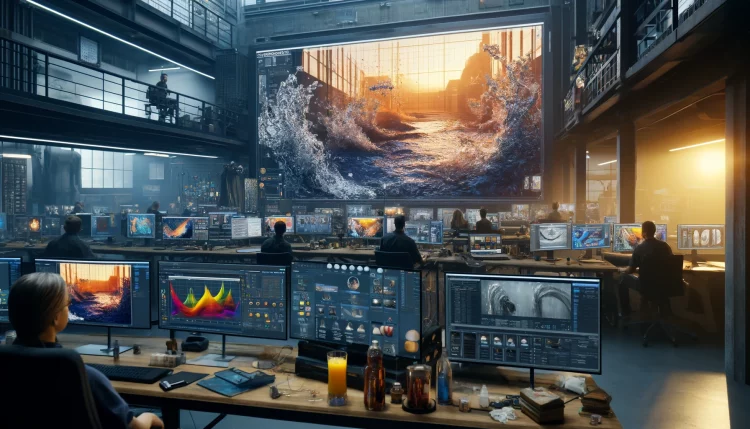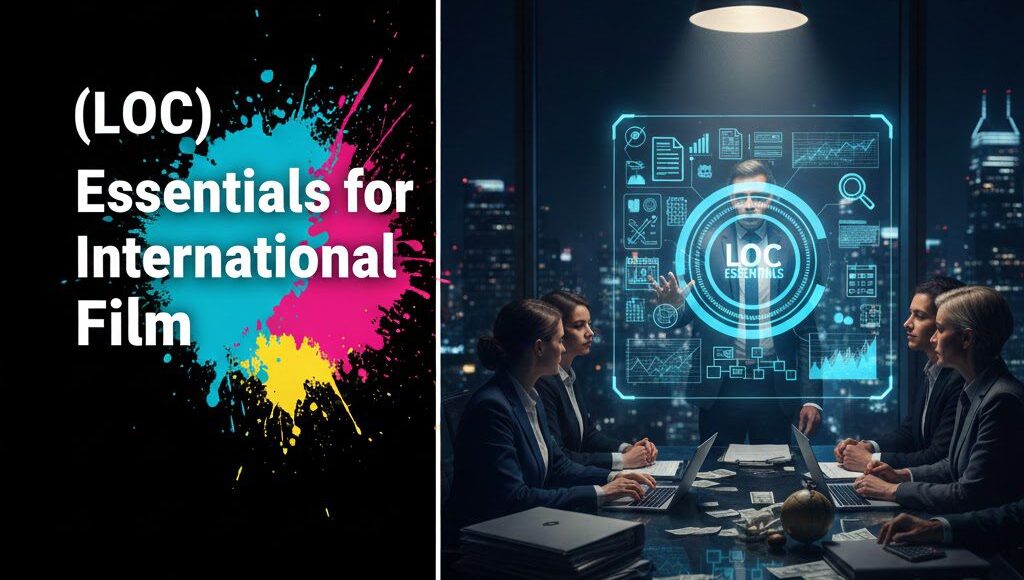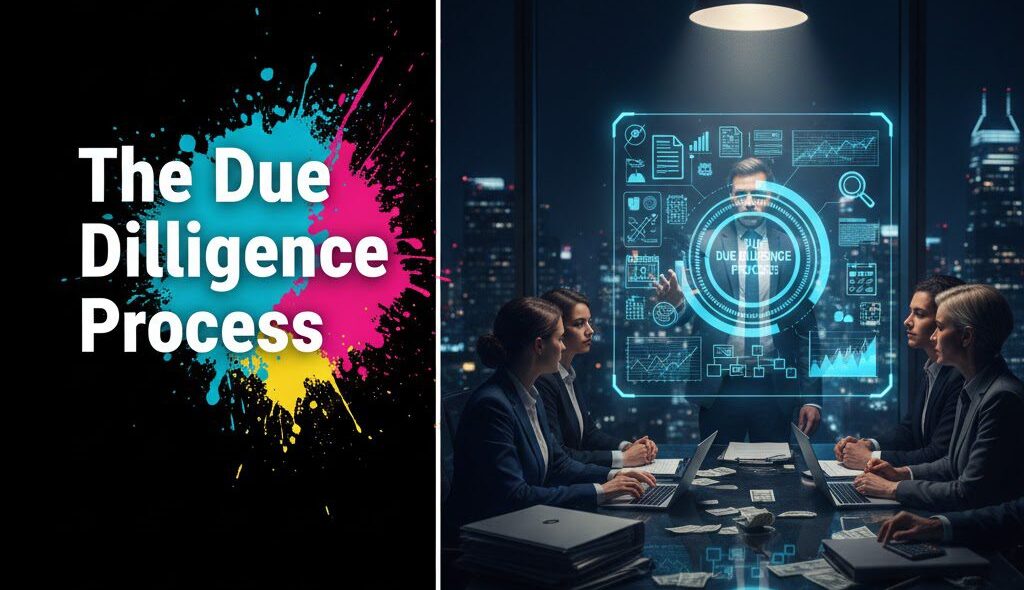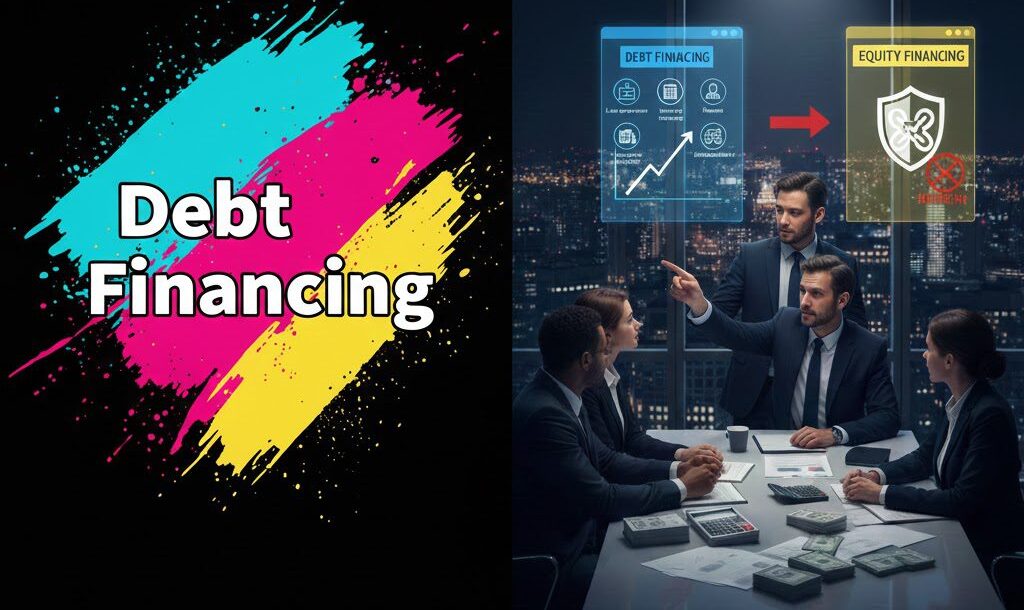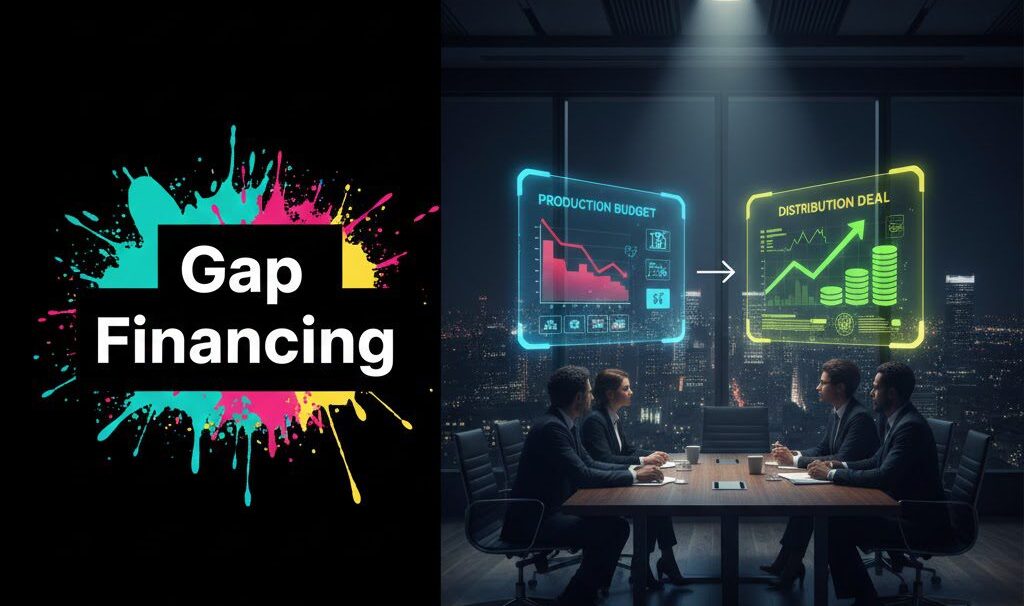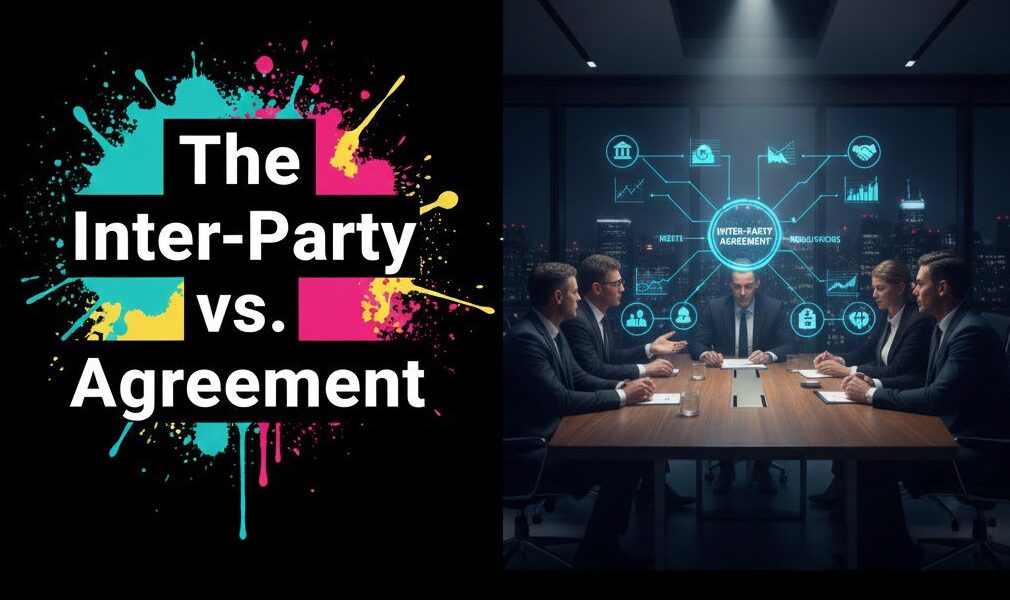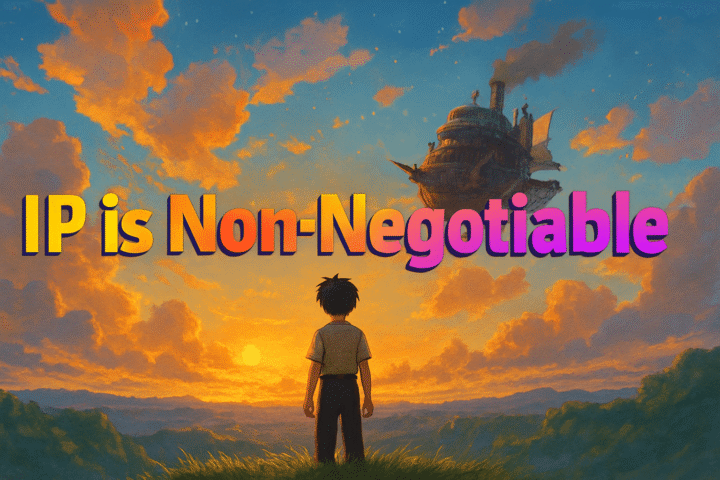Introduction
In recent years, virtual production has revolutionized the film and TV industry, combining real-time 3D rendering and LED walls with physical sets to create seamless visuals. But with Artificial Intelligence (AI) entering the scene, this innovation is reaching new heights, improving efficiency, reducing costs, and enhancing creative possibilities. In this article, we’ll explore how AI is changing the way studios approach virtual production, the challenges it helps solve, and where the future of AI-driven production is heading.
Key Takeaways
| Topic | Takeaway |
| Virtual Production | AI is revolutionizing virtual production by improving set design, workflow efficiency, and realism |
| Cost Reduction | AI reduces production costs by automating repetitive tasks and optimizing post-production |
| Challenges in Virtual Production | Integration of VFX, lighting issues, and set realism remain key challenges |
| AI-Enhanced Tools | AI-driven tools like LED walls and VFX management software are transforming virtual production |
| Future Trends | AI will play a critical role in advancing virtual production technologies |
Table of content
- Introduction to Virtual Production and AI
- The Role of AI in Virtual Production
- AI vs Traditional Production: Cost, Efficiency, and Creativity
- Challenges and Pain Points in Virtual Production
- Solutions and Tools: Overcoming Challenges with AI
- Future Trends: Virtual Production and AI Innovation
- Commercial Investigation: Best Tools and Software
- FAQs
- Key Takeaways
Struggling with virtual set design?

The Role of AI in Virtual Production
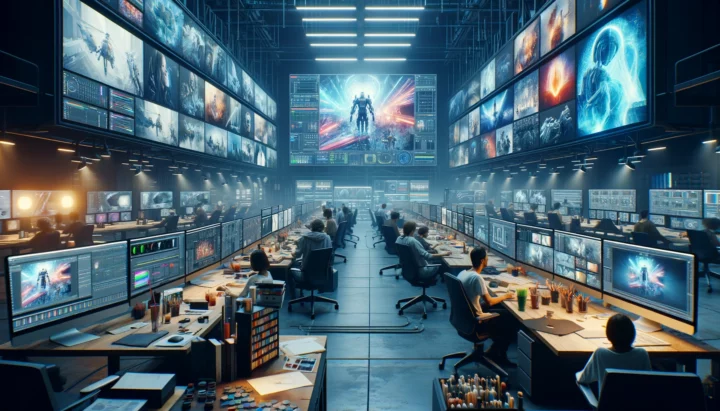
AI plays a pivotal role in optimizing virtual production workflows, from automating mundane tasks to enhancing the creative aspects of filmmaking.
How AI Enhances Virtual Set Design:
- Automated Scene Composition: AI can quickly build virtual environments by analyzing scene requirements, reducing manual input.
- Real-Time Adjustments: AI-powered tools allow directors to make real-time changes to lighting, textures, and VFX during live shoots.
Benefits of AI in Virtual Production:
- Increased Workflow Efficiency: Tasks like pre-visualization and camera movement planning are handled more efficiently with AI.
- Enhanced Realism: AI enhances the natural feel of virtual sets, improving visual quality and realism.
| AI’s Contribution to Virtual Production Efficiency |
| Automated scene composition |
| Real-time adjustments for lighting and textures |
| Optimized VFX integration |
| Enhanced pre-visualization and camera planning |
AI vs Traditional Production: Cost, Efficiency, and Creativity
Virtual production powered by AI is transforming how studios approach both the cost and creative aspects of filmmaking.
Cost Reduction with AI:
- Reduced Set Costs: Physical sets are costly, but AI-driven virtual environments reduce the need for location shoots.
- Efficiency in Post-Production: AI speeds up processes like rendering, cutting costs and timelines in post-production.
Creativity Boost with AI:
- Creative Freedom: AI automates repetitive tasks, freeing filmmakers to focus on creative elements like storytelling.
- Precision in Real-Time: AI-enhanced production allows for precise modifications during shooting, enabling a more flexible creative process.
Key Differences:
- Traditional production relies heavily on physical sets, longer timelines, and more manual processes.
- AI-driven virtual production cuts costs and improves flexibility but still requires human oversight for creative decisions.
Want to reduce costs in virtual production?

Challenges and Pain Points in Virtual Production
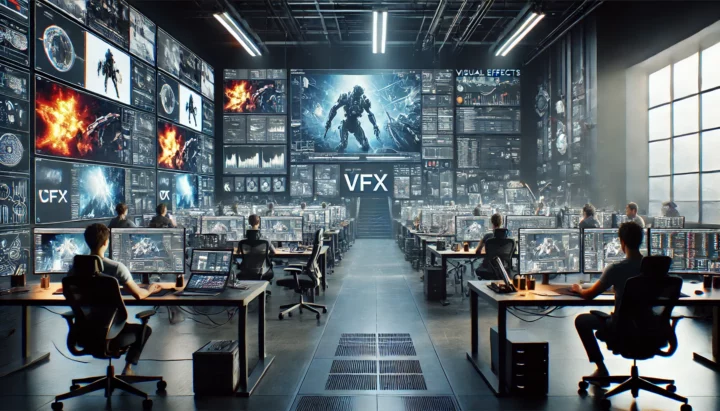
Even with the advantages AI offers, there are challenges studios face in virtual production.
Common Issues:
- Lighting Realism: Achieving consistent lighting that integrates seamlessly with virtual backgrounds is a known issue.
- VFX Integration: Problems arise when trying to blend VFX with real-time rendered virtual sets, impacting realism.
Specific Pain Points:
- Unrealistic Sets: Low-budget productions may struggle to achieve the desired realism.
- Technical Complexities: Operating AI-powered tools and managing LED walls often require specialized expertise.
Solutions and Tools: Overcoming Challenges with AI
AI offers a variety of tools to help overcome the challenges associated with virtual production.
Top AI-Driven Tools:
- LED Wall Management: AI-driven software helps adjust lighting and ensure smooth transitions between real and virtual elements.
- AI-Enhanced VFX Tools: These streamline the process of integrating CGI and VFX with virtual sets.
| Solutions Offered by AI Tools |
| AI-based LED wall management |
| VFX integration software |
| AI-driven real-time lighting |
| Post-production automation |
Best Practices:
- Use AI for Precision: Utilize AI to fine-tune lighting, camera angles, and VFX.
- Train Staff: Ensure that key staff are trained to use AI-enhanced virtual production tools effectively.
Ready to elevate your production with AI?

Future Trends: Virtual Production and AI Innovation
As AI continues to evolve, its integration into virtual production will only deepen, transforming how TV shows and films are made.
Key Future Trends:
- Real-Time AI Rendering: Expect faster, more accurate real-time rendering powered by AI.
- Creative Control: AI will be increasingly involved in storyboarding, scene setup, and even scriptwriting, leading to more efficient productions.
AI’s Role in Future Production:
- AI will likely help make real-time virtual environments more realistic, improving audience immersion.
- Expect a wider adoption of AI across smaller and indie productions, as costs come down and tools become more accessible.
Commercial Investigation: Best Tools and Software
AI-enhanced tools are leading the charge in virtual production innovation. Here are some of the best tools and software currently available.
| Virtual Production Tools | Description |
| Unreal Engine | Leading platform for real-time 3D creation |
| NVIDIA Omniverse | A collaboration tool for creating photorealistic environments |
| Disguise xR | Extended reality platform for live productions |
| LED Virtual Production Walls | AI-managed LED walls for seamless set integration |
These tools are pushing the boundaries of what’s possible in virtual production, allowing filmmakers to achieve cinematic visuals in real-time environments.
Key Takeaways
- AI in Virtual Production: AI is transforming virtual production by improving workflows and set design while reducing costs.
- Challenges Remain: Lighting, VFX integration, and set realism are ongoing challenges that AI helps to address.
- Future of AI: Expect more immersive real-time rendering and deeper AI involvement in creative processes in future virtual productions.
Frequently Asked Questions
AI streamlines workflows, enhances set design, and optimizes VFX integration for more seamless and realistic productions.
Lighting issues, VFX integration, and technical complexity are the most common challenges, often requiring specialized AI-driven tools to solve.
While AI tools can have a higher initial cost, they dramatically reduce overall production costs by cutting down on set construction, post-production time, and location shoots.
Ready to bring a beloved book to the big screen? Join the Vitrina Business Network today and access exclusive resources, expert advice, and a community of filmmakers dedicated to creating successful book adaptations. Start your journey with Vitrina and transform literary masterpieces into cinematic experiences!


